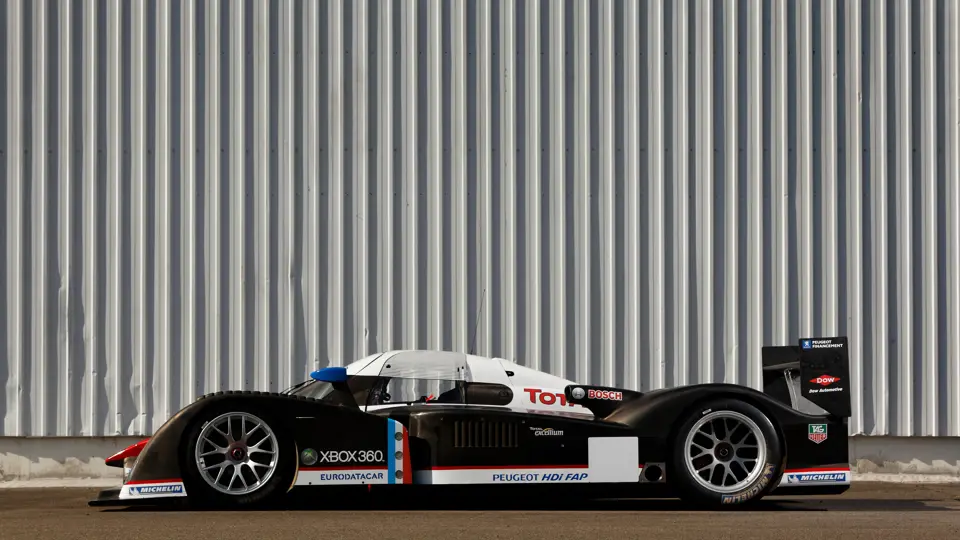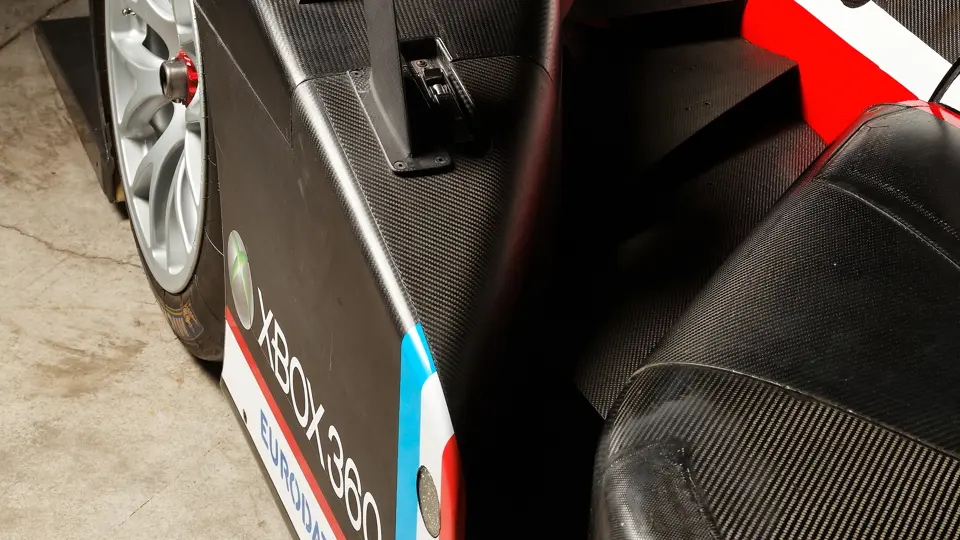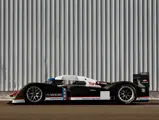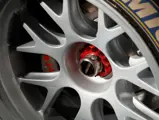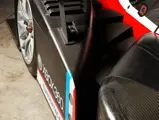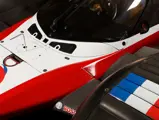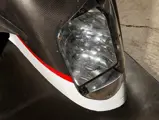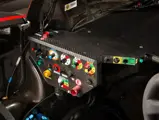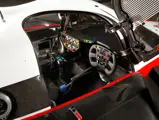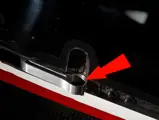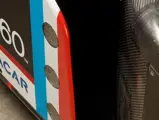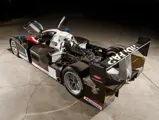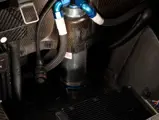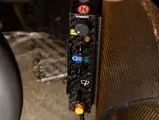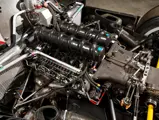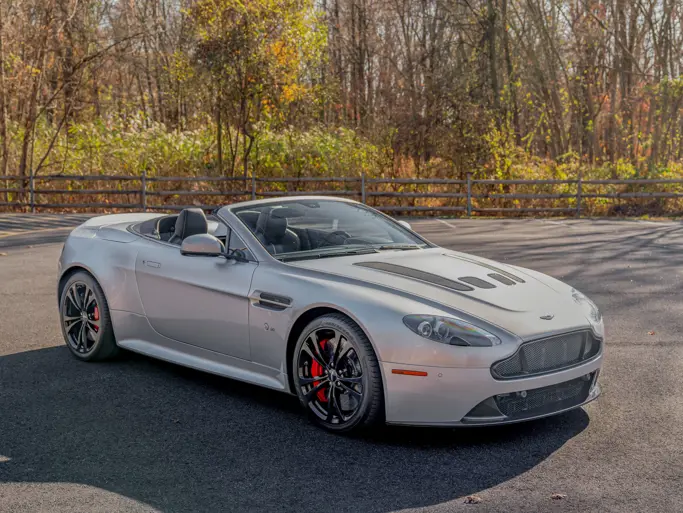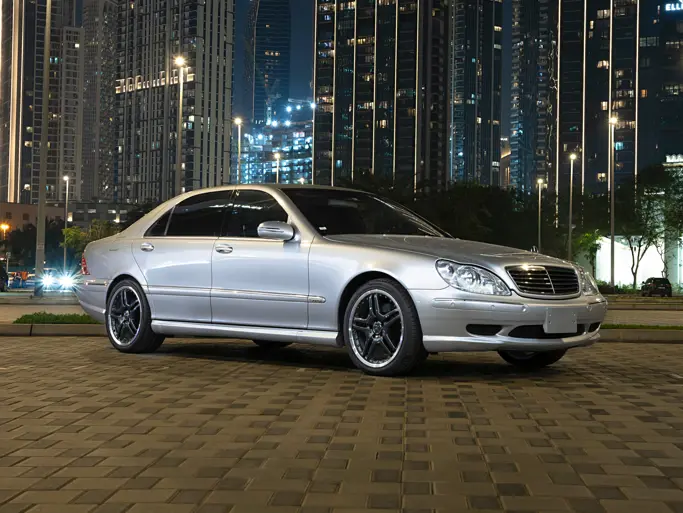700+ bhp, 5,500 cc twin-turbocharged dual overhead camshaft V-12 engine, six-speed sequential manual paddle-shift gearbox, independent front and rear double-wishbone suspension, and four-wheel hydraulic ventilated disc brakes. Wheelbase: 2,950 mm (116")
• 2009 Le Mans Works entry
• Exceptional and undisputed racing provenance
• 1st Overall at Monza, Silverstone and Spa
• Groundbreaking HDi diesel-powered V-12 engine
• Run by the Works-Peugeot factory race team
• The first Peugeot 908 HDi to be ever offered for public sale
• Rare and important milestone in motorsports history
History
Peugeot Talbot Sport was founded in 1981 by Jean Todt, on the initiative of Jean Boillot. Success followed soon afterwards, including a world rally title with the 205 Turbo 16, plus a long list of wins for the 205 Turbo 16 and 405 Turbo 16 in cross-country rallying.
The latter two cars were indeed difficult to beat, whether on the Rallye Paris-Dakar (four wins from four starts) or on the USA’s highly specific Pikes Peak Hill Climb (two wins). At the end of the 1980s, the French firm decided to switch from these successful campaigns to the World Sportscar Championship and undertook the development of a 3.5-litre normally-aspirated engine. Its programme with the Peugeot 905 produced more wins, including a victory at Le Mans in 1992, which was followed by a one-two-three triumph at the same 24-hour race in 1993. Buoyed by these results, the Vélizy-based team used the technology it had developed for the 905’s engine to provide power to a number of Formula 1 teams from 1994 until 2000.
In the 1990s, Peugeot moved away temporally from the world of circuit racing to return to rallying after an absence from this sport of more than 14 years. The target of the Sochaux-based brand was the world title, with its latest challenger: the Peugeot 206 WRC. Its efforts were rewarded by WRC crowns in 2000, 2001 and 2002, with a driver line-up led by the two-time world champion Marcus Grönholm.
In 2005, Peugeot announced its decision to turn its attention to a new pioneering technological challenge, a victory at the Le Mans 24 Hours with a car powered by an HDi diesel engine equipped with a diesel particulate filter (FAP), a clean technology also seen on the make’s road cars.
The programme saw Team Peugeot Total win the 2007 Le Mans Series, come first and second at Le Mans in 2009 and secure Intercontinental Le Mans Cup titles in 2010 and 2011.
Chassis no. 02
The project was based on a V-12 engine, which featured a “vee” angle of 100 degrees and the biggest cubic capacity authorised by the regulations. The choice of a V-12 architecture was guided by the quest for a good balance, whilst the open angle of the “vee” allowed the centre of gravity to be lowered without compromising the powerplants torsional rigidity.
Two particulate filters were located at the end of each exhaust line, a layout which permitted outstanding, smokeless performance. The two exhaust lines themselves were kept as short as possible, using six-into-one manifolds, which fed into separate Garrett turbochargers. The engine delivered peak power of more than 700 bhp and maximum torque in excess of 1,200 Nm, an unprecedented achievement for a diesel-fuelled racing engine.
The chassis featured a closed cockpit, unlike the 905, which was based on a tub, to which a tubular subframe was added. The 908’s carbon monocoque ensured outstanding rigidity and was lighter than the tub design of its predecessor. Design and production of the body work only took a week, and three months after the recruitment of an aerodynamicist, a scale model was wind-tunnel tested for the first time. The front and rear pushrod suspension, electric power steering and braking all used conventional, proven solutions, whilst the electro-pneumatically controlled six-speed gearbox had the capacity to deal with the enormous torque associated with the 12-cylinder engine.
Landmark Dates
28 September 2006: Presentation of the 908 concept at the Paris Motor Show.
30 September 2006: The V-12 HDi FAP engine was fired up for the first time on the dyno in Vélizy, near Paris.
31 December 2006: The 908 HDi FAP took to the track for the first time at Villacoublay, near Paris, with Eric Hélary behind the wheel.
10 January 2007: Presentation of the car to the media at Mortefontaine, near Paris, along with the drivers (Sébastien Bourdais, Marc Gené, Eric Hélary, Pedro Lamy, Nicolas Minassian, Stéphane Sarrazin and Jacques Villeneuve).
Race Career
Monza 2007: Début of the 908 HDi FAP, first pole position (Minassian) and first win (Minassian/Gené)
Silverstone 2007: Minassian/Gené (pole position: Minassian)
Interlagos 2007: Minassian/Gené (fastest race lap: Gené)
Barcelona 2008: Minassian/Gené
Spa 2008: Minassian/Gené/Villeneuve (fastest race lap: Gené)
Spa 2009: Victory for Minassian/Pagenaud/Klien (pole position: Pagenaud)
The car on display is being sold by PSA, which is a pledge of a no-nonsense transaction. It will be the first 908 HDi FAP to pass into private hands.
“Starting and running this vehicle calls for specific equipment, third-party software licences and skills. The seller commits to providing the necessary technical support for a period of three years. This service will be provided at Peugeot Sport’s normal rates for technical support”.

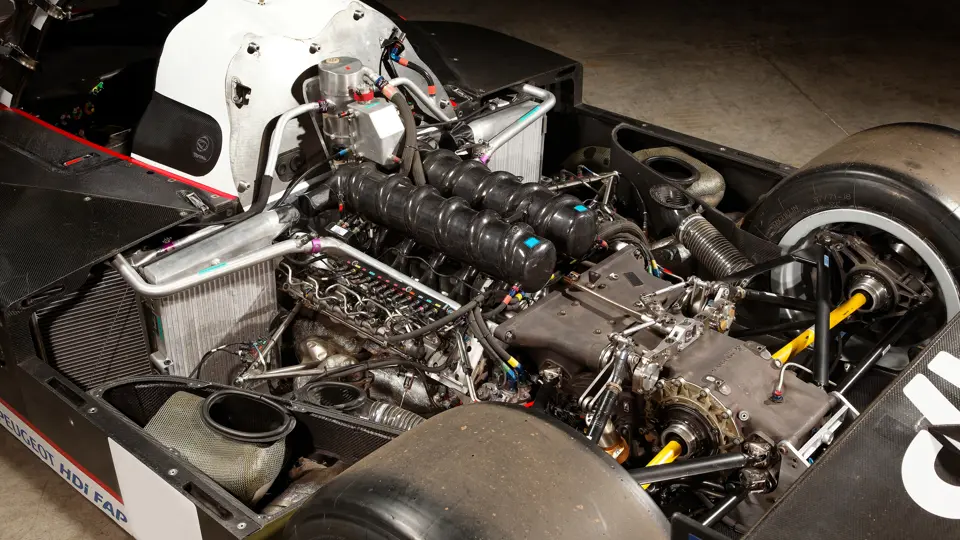




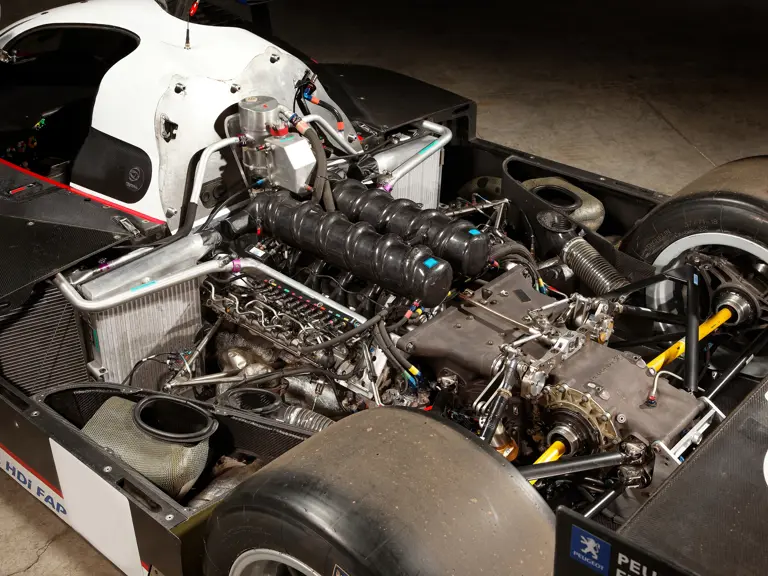
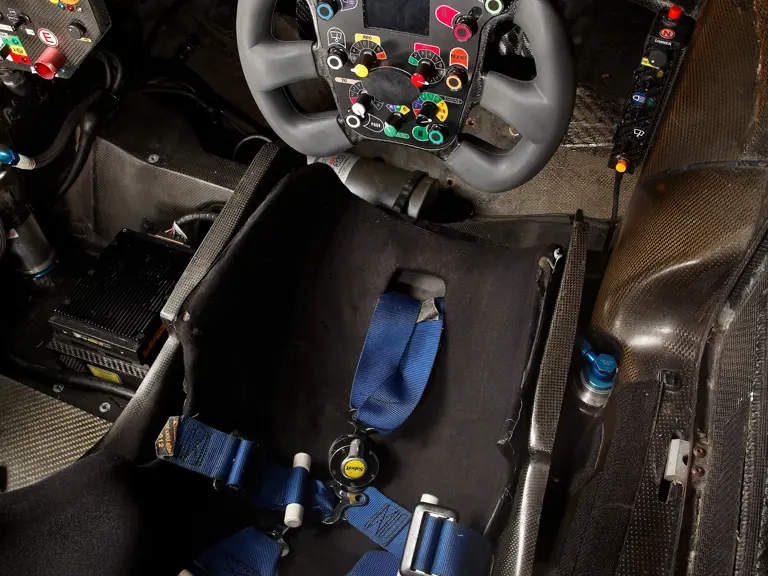
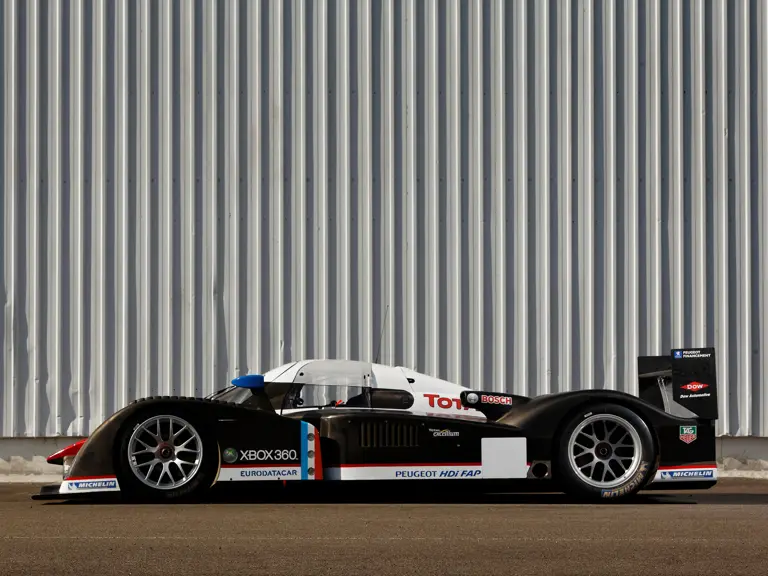
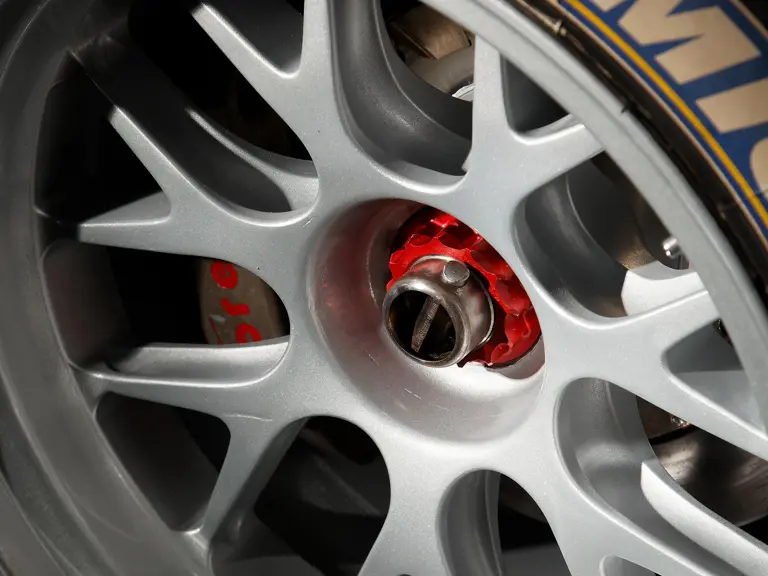
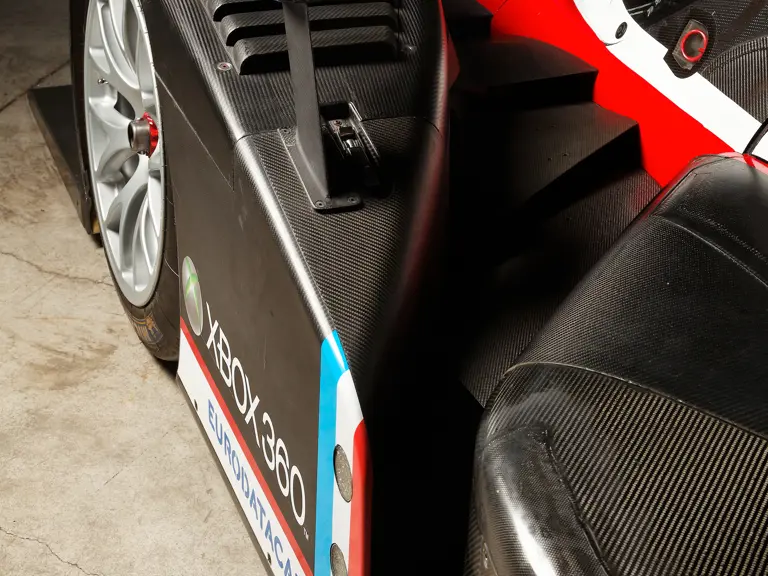
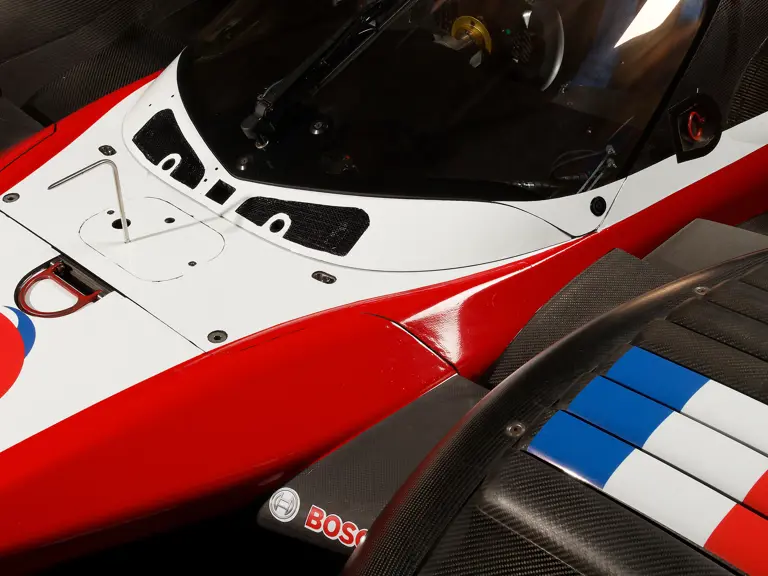
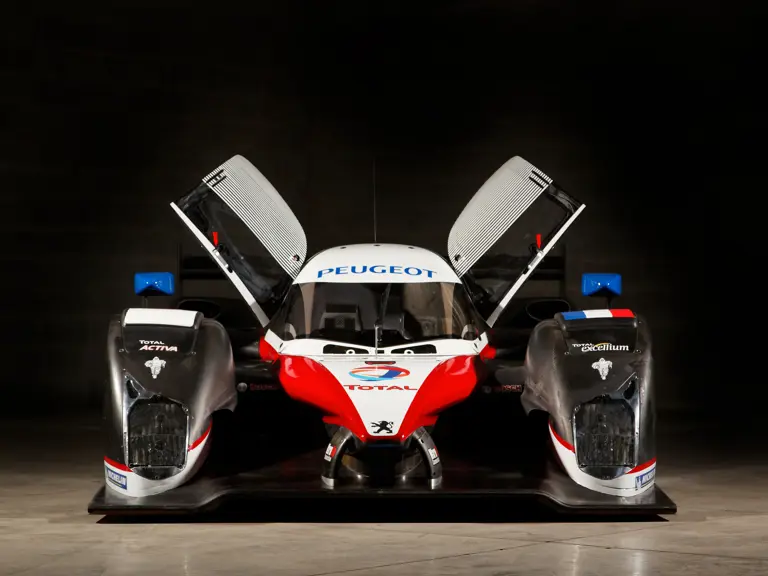
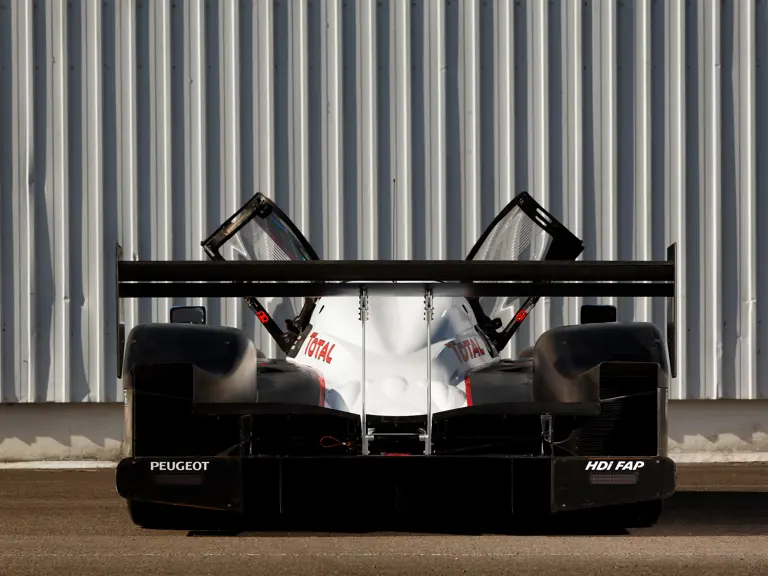


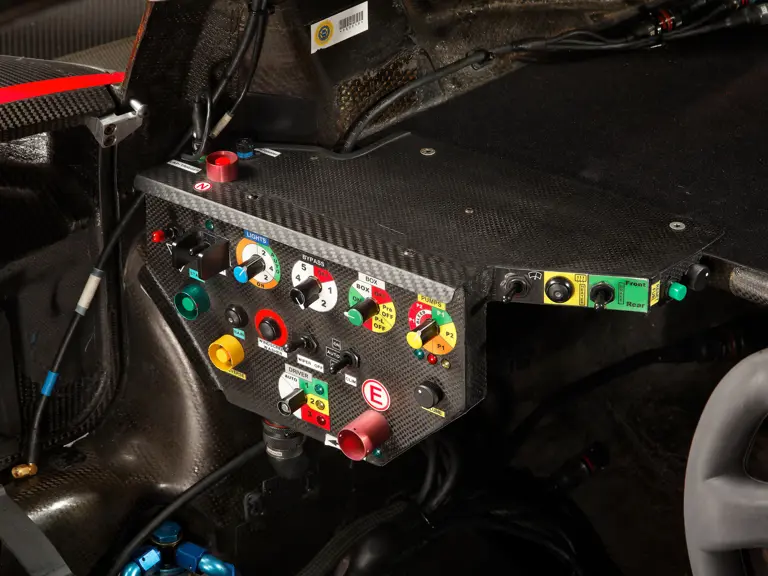
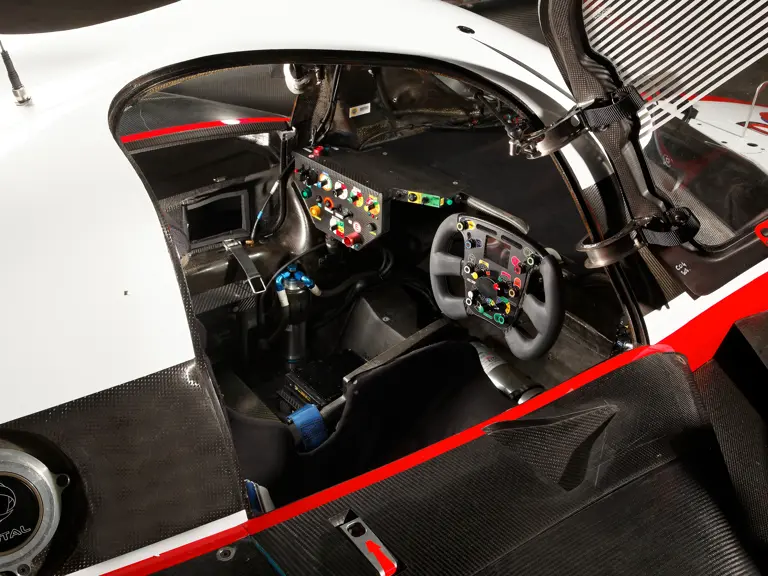
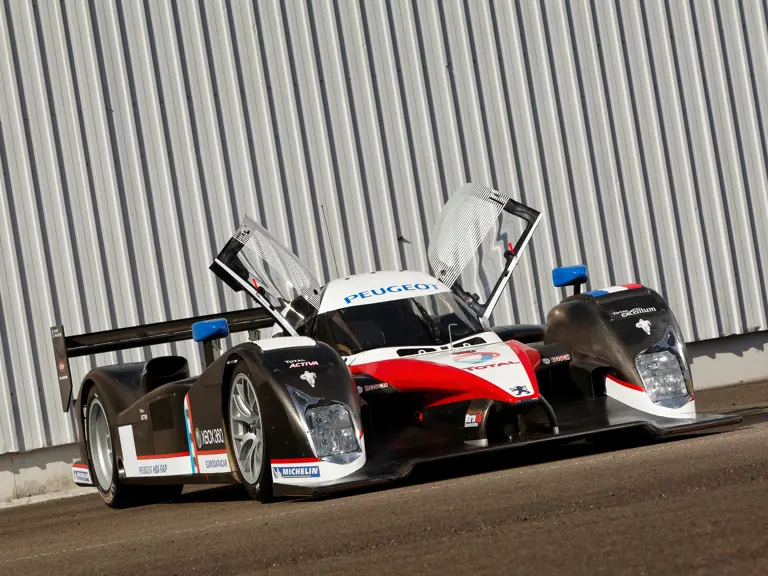
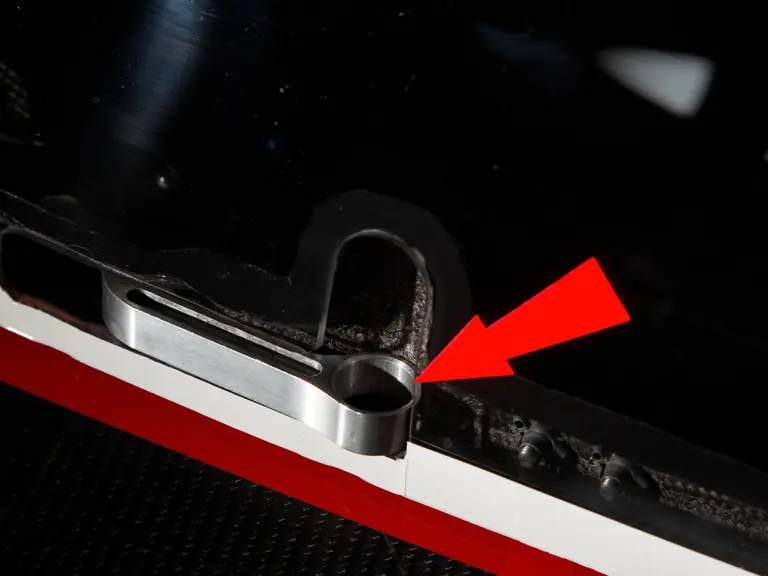
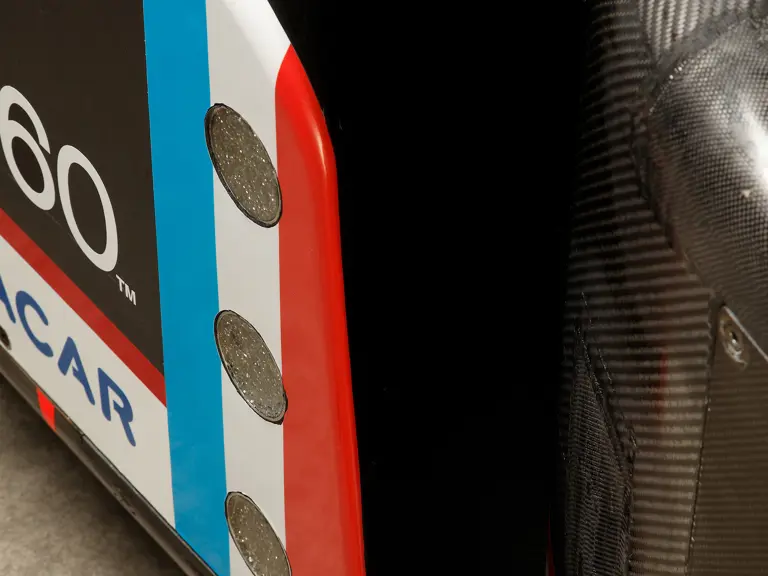
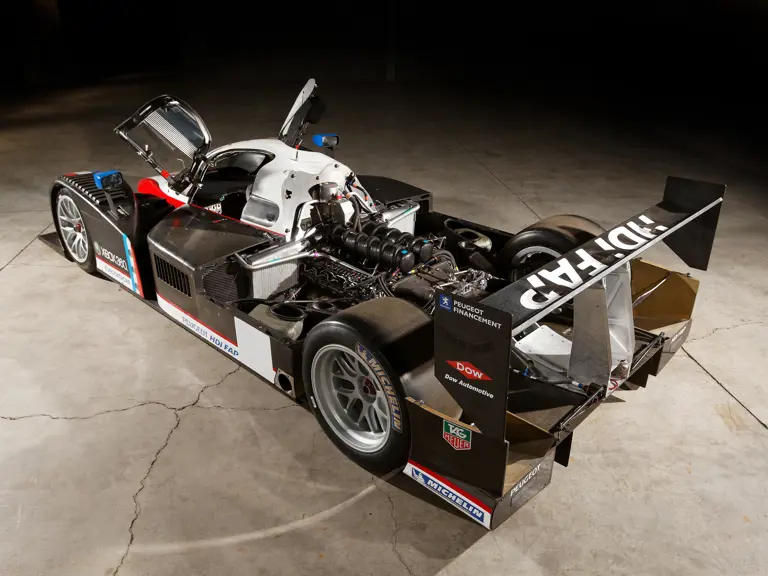
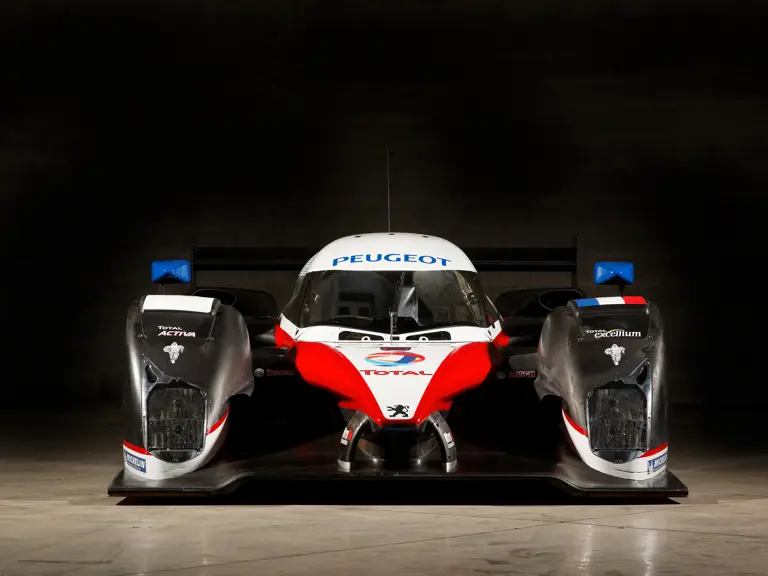
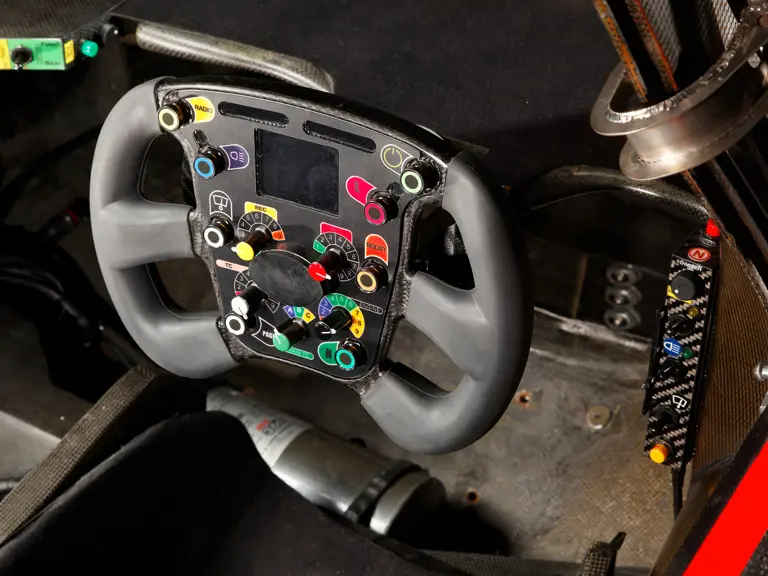
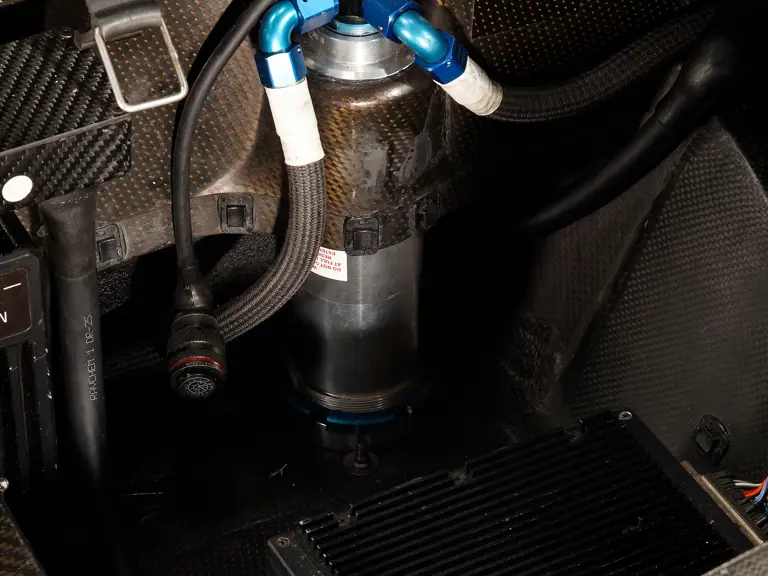


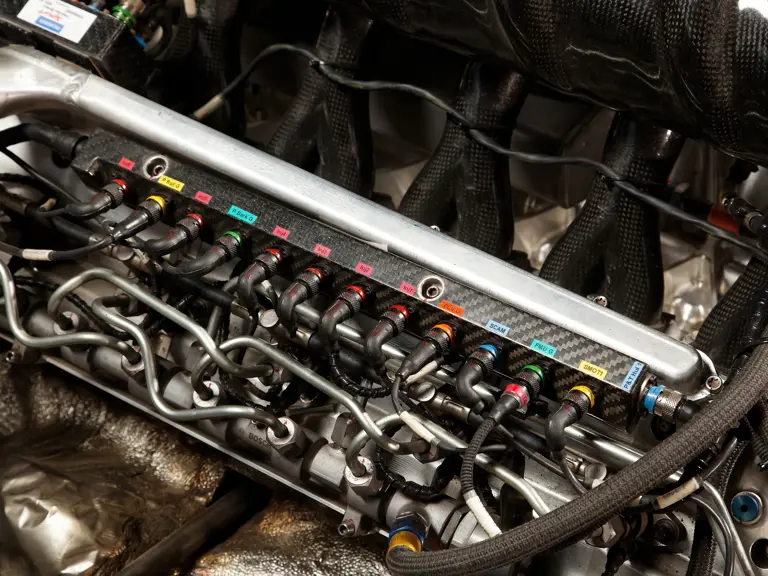
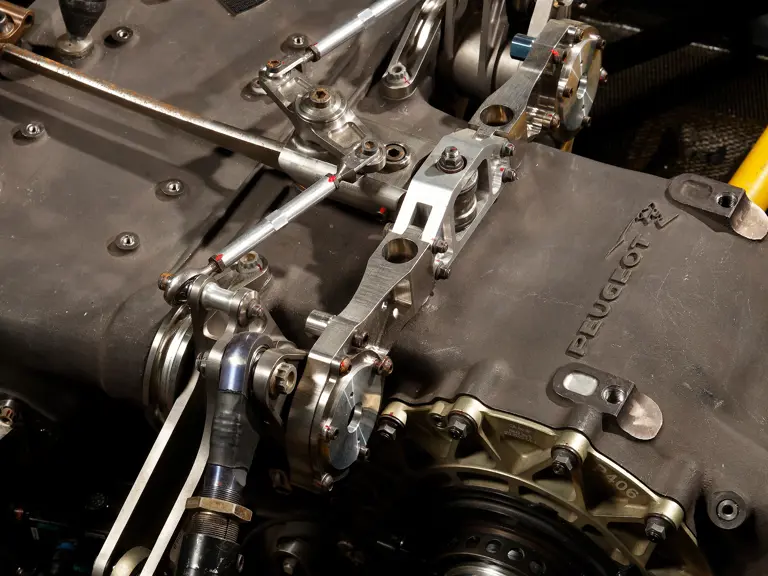

 | Monaco, Monaco
| Monaco, Monaco
